THE JUCY LUCY, MISSPELLING intentional, is a hamburger stuffed with cheese, which melts inside as the burger fries, rewarding the diner with a gooey mess capable of inflicting second-degree burns. Invented either at Matt’s Bar or the 5-8 Club in Minneapolis, probably in the 1950s, it was one of those regional burger specialties that no one really knew much about until the Food TV era brought lots of these things out of their local obscurity and to national attention. (There’s more, much more about the two original homes of the Jucy Lucy here.) Today, you can find a version of a Jucy Lucy—the basic archetype permits plenty of variation—at places like Dusek’s, The Anthem and The Fifty/50 in Chicago.
Now hold that thought (but don’t let it burn your fingers).
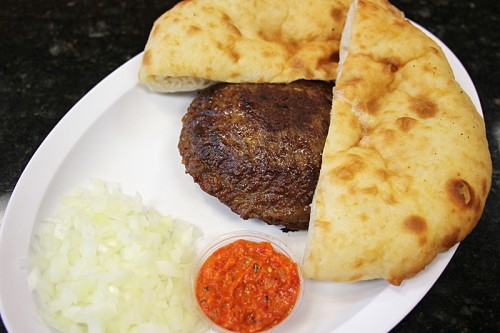
Bosnian Fill Hamburger
BOSNIA IN THE 1990S. AN ETHNIC WAR has killed thousands and driven many others to find new homes around the world. Many wind up in Chicago, and some of them open restaurants, several along Lawrence in Lincoln Square. Though they’re not particularly looking to win Chicagoans over to dishes like cevapcici, grilled beef sausages usually served on a fluffy pita with sour cream and onion and maybe a red pepper paste called ajvar, which is spicy only as far as, say, paprika is. Overwhelmingly, Bosnian places in Chicago are for Bosnians trying to maintain a little community and sense of home in this strange new land. Where inexplicably, the natives have outlawed smoking in bars, as if you can even watch soccer in a bar without chain-smoking the entire time. (They tend to pay as much attention to this new Prohibition as Chicago as a whole did to the last one.)
So a young woman, more or less fresh out of high school in the town of Gorazde, on the river Drina, arrives in Chicago with her husband and newborn son in 1996. In 2004 she takes a job cooking at a newly opened Bosnian restaurant—while still working the graveyard shift at the Federal Mogul plant in Skokie. She has never worked a cooking job before, but the things she adds to the sparse menu—freshly made plain pitas as well as coiled, meat or spinach stuffed bureks (also, confusingly, called pita on the menu), and even a line of desserts—go over well. Finally, two years ago, the owner decides to go back to Bosnia, and the cook, Dzevada Bascelija, buys it from him.
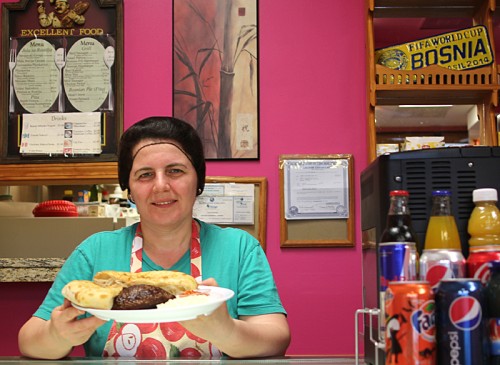
Owner Dzevada Bascelija
That’s how her son Neir, now a college student, tells me the story, anyway. She’s designated him to talk to me, out of some combination of shyness and scant English. He agrees with me that Bosnian restaurants can be forbidding—”They just do them for their own people. They can be narrow-minded”—but his mom seems determined to make Caffe Slasticarna Drina a sunny, pink-walled exception to the rule, Dzevada and her helper smiling at families with kids and asking non-Bosnians, nervously but hopefully, how they liked the food.
My lunch partner, hot dog author Dr. Rich Bowen, and I like it a lot. Nearly everything she added to the menu is a standout, and Bowen, having spent time in Eastern Europe, praises the authenticity and handmade quality of everything we sample. The cevapcici are grilled a little better than usual, but the big pillowy pita which she makes by hand raises them to another level. (I learn along the way that most of the cevapcici in Chicago are imported… from Nebraska.)
Her pitas—I mean the burek kind—are probably the best I’ve ever had, with a lightness to the layered dough worthy of French pastry; I’d hoped to record the making of one, but she was camera-shy about her kitchen (no matter that it’s sparkling clean). There’s also a whole case of desserts that she’s made in house, from boem (a layered chocolate cake) and krempita (a custard cake) to baklava and hurmasica, a shortbread cookie soaked in sugar water, served with very authentically made Turkish coffee. The advantage of Bosnian restaurants not trying to win us over is that they’ve remained such an authentic taste of the place they fled.

Ironically, the one thing she did not invent is the gurmanska pljeskavica—that is, what the English menu calls the Bosnian Fill Hamburger. Neir says that’s not a Bosnian thing at all—it was the previous owner, feeling inspired by his new home to make a gargantuan gut bomb I guess, who had invented it, though I doubt he’d ever heard of a Jucy Lucy. A large amount of beef—it’s got to be approaching a pound—is stuffed with smoked beef (because, why not more meat), mushrooms and cheese. And then when cooked, is itself stuffed into one of Dzevada’s superior pillowy pitas, strong enough to stand up to the gooey, smoky beef thing inside. Try it some time. With a friend to eat the other half, like I had.
In case it becomes the next Italian beef or Jibarito, a beloved “foreign” food invented in Chicago, let’s record the inventor’s name for history: Jusef Redzobic. But it wouldn’t be what it is without Dzevada’s skill at pita-making, and for all intents and purposes, it’s her dish now, as it is her restaurant—and a reflection of her somewhat camera-shy, but nevertheless warm and welcoming presence.
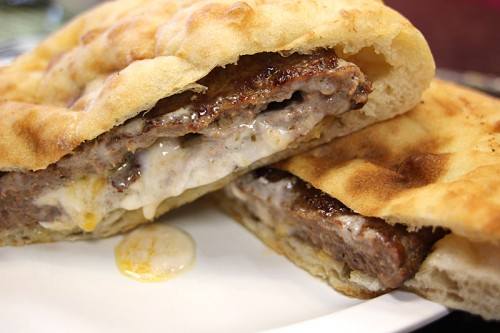
Juicy Lucji
Michael Gebert is Bosnian food fan! And the editor of Fooditor.
Latest
Join the Discussion
After you comment, click Post. If you're not already logged in you will be asked to log in or register with Disqus.





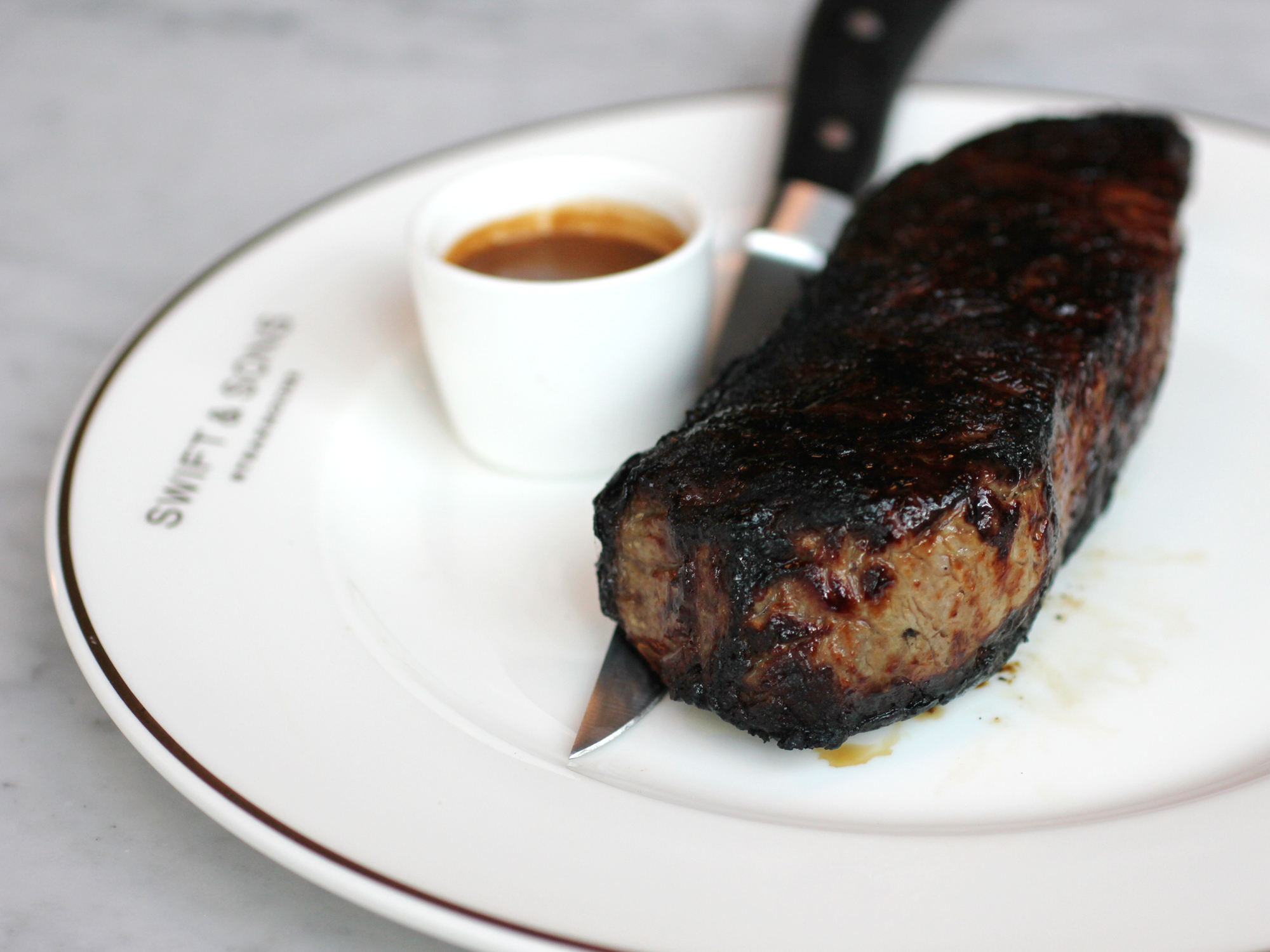
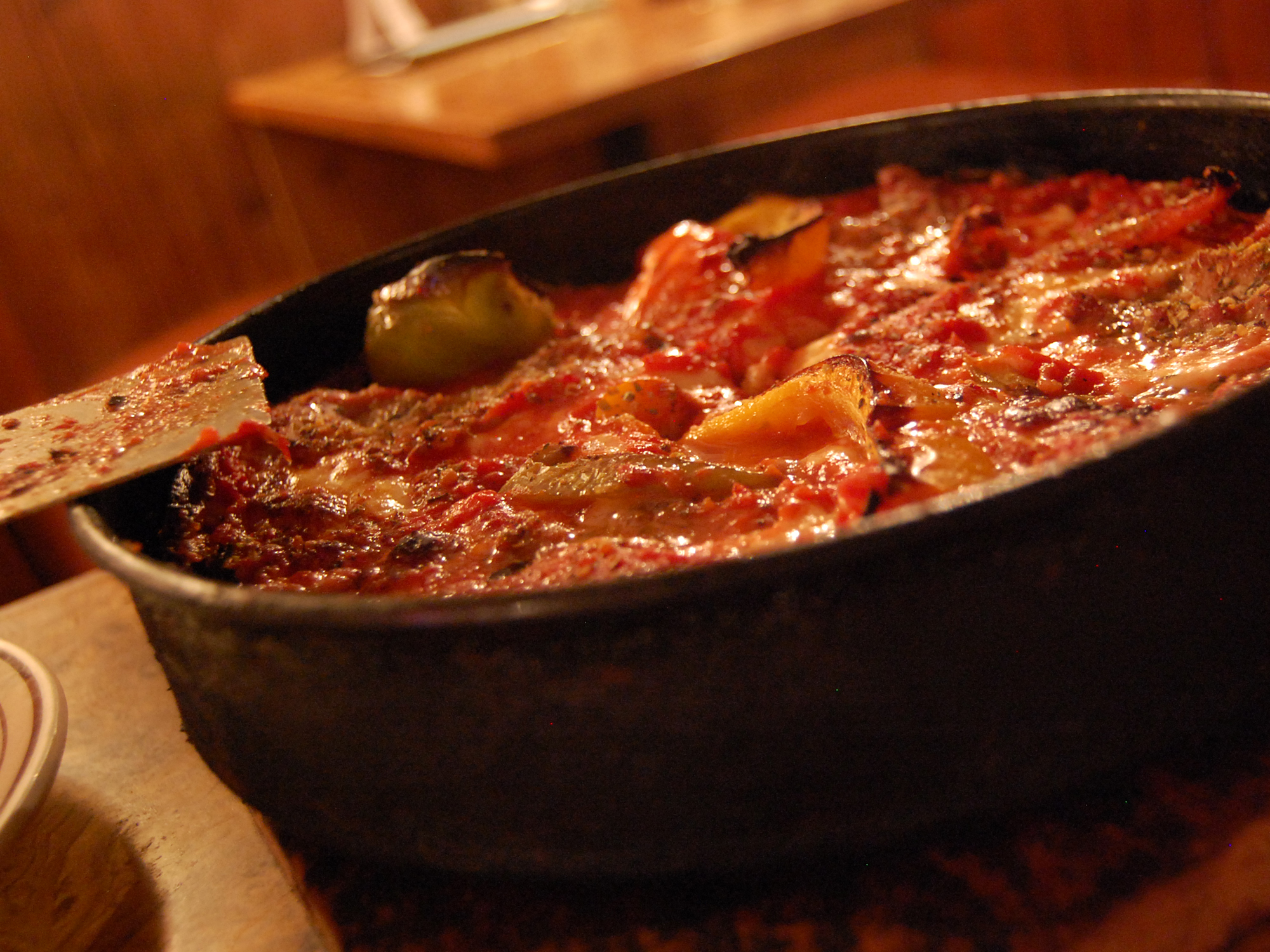
Looks fantastic! I am going to try it out for sure-
[…] School • Smoked fish, Ted Peters, St. Petersburg FL • Pita (burek) from Caffe Slasticarna Drina • Cheese danish from Pticek’s on the far south side • Gyros at the Parthenon (for this […]